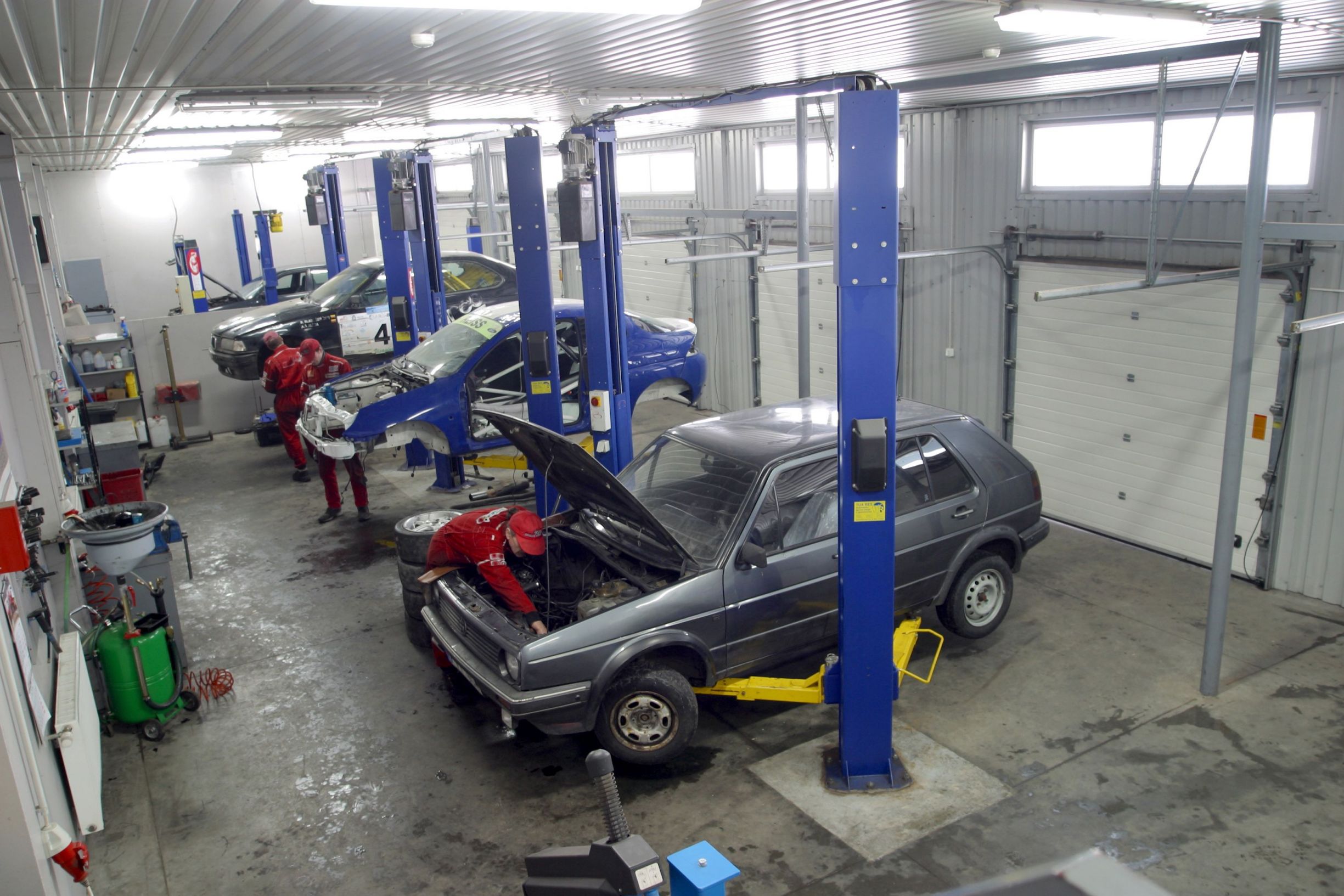Vehicles today require surprisingly little in the way of routine care and maintenance, considering how complex the systems are and just how many miles most drivers put on their vehicles every day.
Across the United States, drivers average approximately 13,400 miles per year in their cars, which means 13,400 on their tires. In New Jersey, there are over 6,360,000 registered vehicles with licensed drivers averaging about 11,927 miles per year, just below the national average.
That amount of driving is a lot of wear and tear on tires, particularly with city driving. City driving involves a lot of stops and starts as well as corners, all of which are harder on tires than highway driving. Starting, stopping and cornering will result in the surface of the tires wearing down faster. However, with routine tire rotation, the wear will be uniform, allowing a longer life cycle on all tires.
What is Tire Rotation?
Rotating the tires is necessary to avoid one or more tires from wearing more quickly than the other tires on the vehicle. As the weight of a car or truck is not evenly distributed on all four times, the front tires with the weight of the engine usually wear faster than the rear tires.
Rotating the tires moves the front tires to the back and the back to the front, while also moving tires to the opposite sides of the vehicle if there are specific wear patterns. Sometimes, vehicles have structural or alignment problems that create more wear on one tire or even one side of a tire than the other.
With regular tire rotation, these areas of uneven wear do not become pronounced and cause tire performance problems. Drivers in New Jersey practicing routine rotation of the tires every 5000 miles will be able to maximize the tire life on their vehicle.
